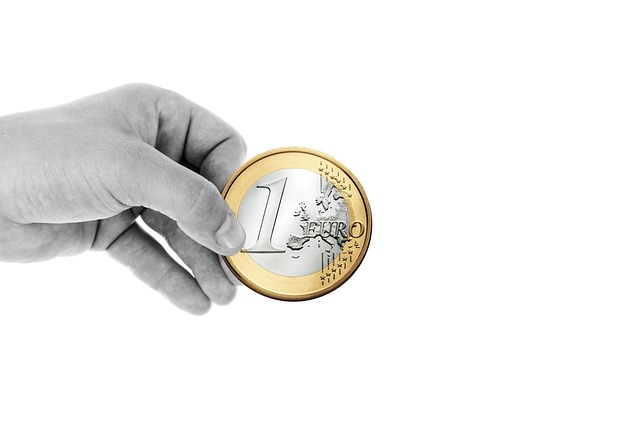Exploring Creativity: Artistic Design Principles in Sculpture Presentation
When we think about art, especially in the realm of sculpture, it is easy to get lost in the intricate details and the materials used to create each piece. However, an equally important aspect of appreciating sculpture lies in its presentation. The way a sculpture is displayed can dramatically transform not only the viewer’s experience but also the artwork itself. This exploration of presentation invites us to consider how artistic design principles can elevate the interaction between the observer and the sculptural form.
The Power of Context
One of the fundamental aspects of art presentation is the context in which a sculpture is placed. A piece that may seem ordinary on its own can come alive in a carefully curated environment. For instance, presenting a delicate marble statue against a stark, minimalist backdrop can enhance its elegance and draw focus to its details. The setting provides a narrative that complements the viewer’s perception, transforming the mere act of looking into an immersive experience.
Balance and Harmony
Artistic design principles such as balance and harmony play a crucial role in sculptural presentation. A sculpture is not merely a standalone object; it exists within a spatial relationship with its surroundings. Curators often consider the balance of visual weight when positioning sculptures. A heavily textured piece might be juxtaposed with a smooth, polished sculpture to create a dialogue that engages the observer’s senses. Achieving harmony between various elements encourages viewers to linger, contemplate, and appreciate the interplay of forms.
Lighting: The Sculptor’s Ally
Lighting can be a sculptor’s best friend in the presentation of their work. It has the power to emphasize textures, reveal shadows, and highlight contours that might otherwise go unnoticed. Effective lighting can bring out the sculpture’s emotional depth and connect it with the viewer on a more profound level. Consider how the interplay of light and shadow can dramatically alter the perception of a piece over time—an experience that encourages a deeper connection and engagement.
Movement and Space
The idea of movement in a sculpture goes beyond the physical form; it also encompasses how viewers move around it. The placement within a space can dictate the path one takes to appreciate the work. Sculpture is a three-dimensional art form, inviting interaction from various angles. Thoughtful presentation encourages viewers to walk around, engage with the work in a kinetic manner, and forge a personal connection that resonates on an individual level.
Emotional Resonance
Ultimately, the goal of presenting sculpture is to elicit an emotional response. Every element of the presentation—from the choice of location to lighting and styling—works together to create a narrative that communicates the artist’s vision and invites the audience into a dialogue. Whether it’s a towering steel structure in an urban park or a delicate porcelain figure in a gallery nook, how a sculpture is presented has a lasting impact on its perception.
Understanding these artistic design principles enhances not only the appreciation of sculpture but also ignites a deeper conversation about the role of presentation in art. For both artists and viewers alike, diving into the intricacies of presentation offers an enriched experience, one that transforms mere observation into an exploration of creativity itself.




